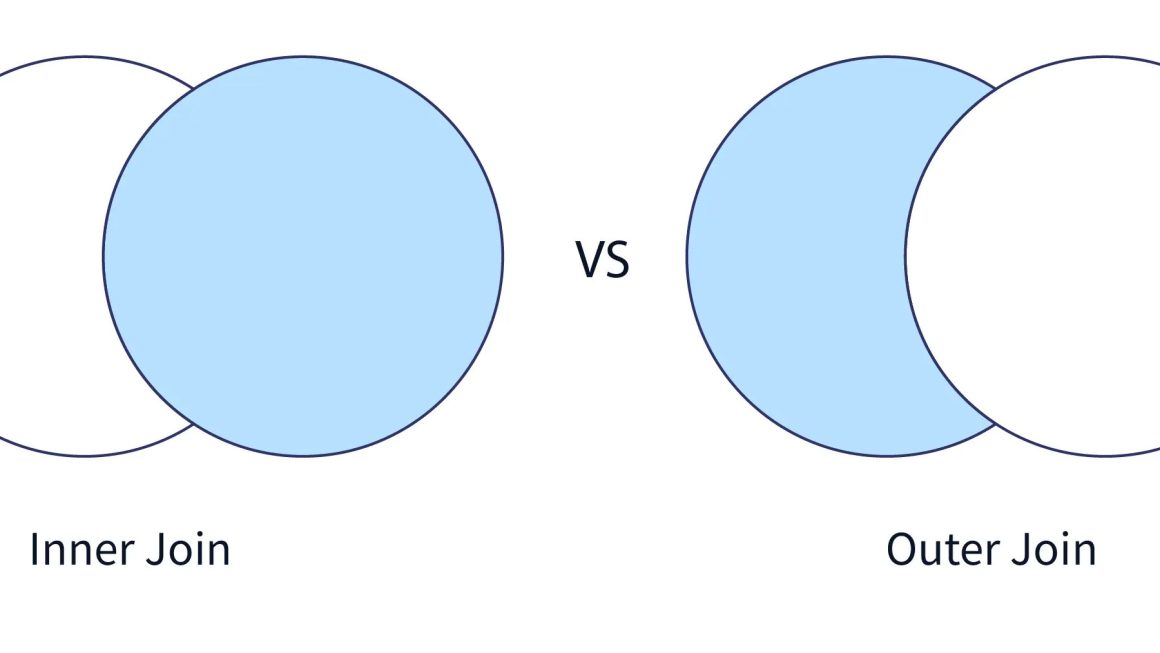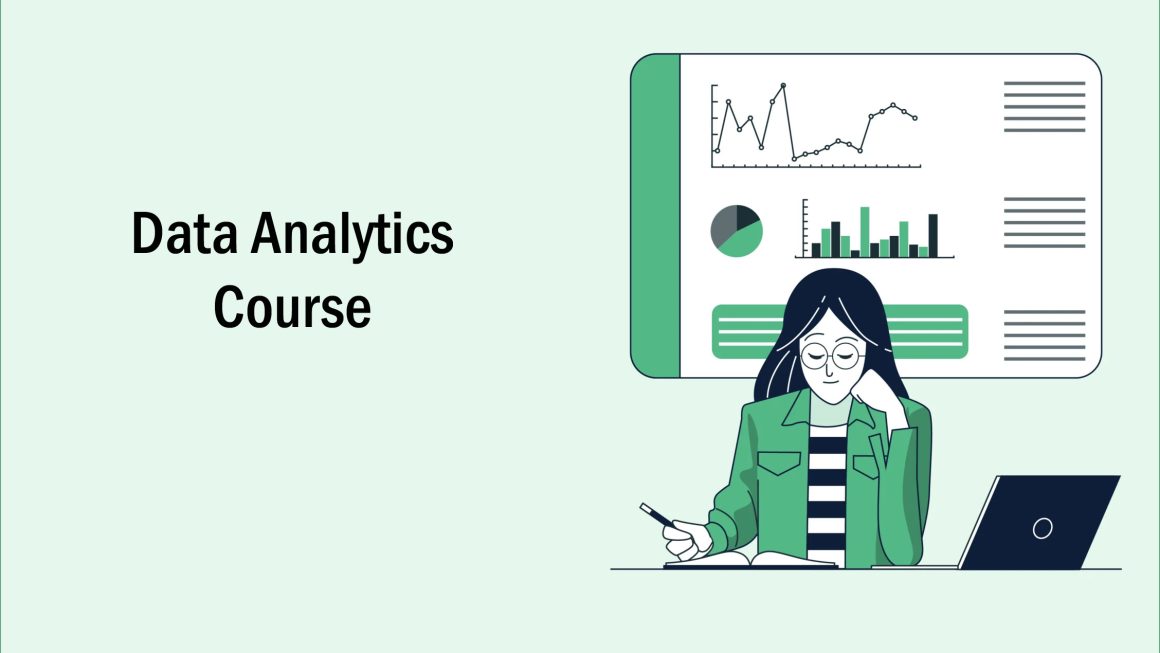In a world where data is massive, organizations are searching for people capable of turning data into facts and transforming insights into action. Business data analysts play a crucial role in this process. If you’re thinking about how to get hired as a business data analyst in 2025, you’re in the right place.
This step-by-step guide includes certifications, trends, useful tips, and essential skills and tools to help you get started.

Who is a Business Data Analyst?
A business data analyst is a professional who uses data to help organizations make better decisions. Think of them as data translators: they collect, clean, analyze, and interpret data before clearly and practically communicating the results to stakeholders.
Why 2025 Is the Perfect Year to Start
- High demand: Analysts are needed in almost every industry.
- Careers that allow for remote work: Many positions offer fully or partially remote opportunities.
- More tools available than ever before: Online learning resources are now more accessible and often free to start.
8 Steps to become Business Data Analyst in 2025
Step 1: Learn Essential Information
Start by acquiring the core skills required for all business analysts:
- Google Sheets and Excel: These are the most widely used programs in businesses for data organization and analysis.
- SQL: Helps you retrieve structured data from databases.
- Data Visualization: Learn how to develop clear and engaging charts and dashboards using tools like Tableau or Power BI.
- Basic Principles of Statistics: Understand averages, patterns, and relationships between variables.
Step 2: Consider the Business Environment
When data explains a key component of the organization, it becomes truly valuable. A skilled analyst knows how businesses operate:
- Consider Departments: Learn how departments such as finance, marketing, and sales function.
- Consider Real Examples: Investigate company reports or case studies to see how data drives decision-making.
- Find Essential Metrics: Understand the statistics that matter to businesses, such as KPIs (Key Performance Indicators).
Step 3: Choose the Suitable Tool
By 2025, data analysts will have access to an array of excellent tools. Choose a few that work for you and get comfortable with them:
- Power BI and Microsoft Excel: Excellent tools for data organization and visualization.
- Google Sheets and Looker Studio: User-friendly tools for data management and analysis.
- SQL (MySQL, PostgreSQL): Simplifies working with databases and retrieving data.
- Python (with Matplotlib and Pandas): Perfect for data analysis and chart creation.
- Advanced Tools: Tools like Tableau, R, and Alteryx are great for analyzing and visualizing complex data.
As you gain confidence, gradually add new tools while mastering the basics. You don’t need to learn everything at once!
Step 4: Register in a Bootcamp or Structured Course
While self-study is valuable, structured programs help keep you focused and on track. Look for a business data analytics course that includes:
- Hands-on Projects: Real-world applications and problem-solving.
- Resume Building: Learn how to craft a professional CV.
- Interview Preparation: Learn what to expect and how to prepare for interviews.
- Balance of Theory and Tools: A good course should combine both.
Console Flare provides easy-to-use analytics courses designed to help you build skills suitable for a professional portfolio.
Also Read: Job Opportunities After Completing a Data Analyst Course in Noida
Step 5: Join Real Projects
Experience is key. Work on real projects that you can showcase on your LinkedIn profile or resume:
- Create a Dashboard: Analyze a sales dataset and create a dashboard.
- Customer Recommendations: Use survey data to make customer recommendations.
- Marketing Campaign Analysis: Report on the results of a marketing campaign.
- Practice using open-source datasets (such as Google Dataset Search and Kaggle).
Step 6: Develop a Portfolio
Create a portfolio with 3-5 projects that highlight your skills. Include the following for each project:
- Statement of the Problem: What was the issue you aimed to solve?
- Tools Used: What tools did you use for analysis and visualization?
- Your Method: How did you approach solving the problem?
- Images and Insights: Visuals of the data analysis and key takeaways.
To display your work, create a basic website or post projects on GitHub or Medium.
Step 7: Get Ready for Interviews
In 2025, typical interview topics will include:
- Behavioral Questions: “Tell me about a time you solved a problem using data.”
- Case Studies: “What insights can you extract from this dataset?”
- Test Tasks: Excel and SQL challenges.
- Presentation Skills: Are you able to clearly explain your insights?
Keep practicing your soft skills and participate in mock interviews.
Step 8: Keep Up with Trends
Data is a rapidly evolving field. Stay updated with the latest trends by:
- Reading Blogs: Follow sites like Analytics Vidhya, DataCamp, and Towards Data Science.
- Listening to Podcasts: Tune in to podcasts like Data Skeptic and SuperDataScience.
- Subscribing to Newsletters: Check out newsletters like Console Flare’s The Rundown and Data Elixir.
Conclusion
Curiosity and skill are essential components of being a business data analyst in 2025. You don’t need to be a math expert; you simply need to be ready to learn and use data to solve problems.
Start small, practice consistently, and grow steadily. With each chart you create and every insight you uncover, you’ll get closer to becoming a valuable and sought-after expert.
At Console Flare, we help aspiring business analysts develop real-world skills that will set them up for success in the workplace:
- Get Involved in Real Projects: Solving real-world problems will give you invaluable experience.
- Get Guidance from Experts: Consult with industry professionals for tips and advice.
- Master Essential Tools: Build confidence using tools like Python, SQL, Excel, and Power BI.
- Career Guidance: We offer job placement assistance and interview preparation to help you get started.
For more such content and regular updates, follow us on Facebook, Instagram, LinkedIn




